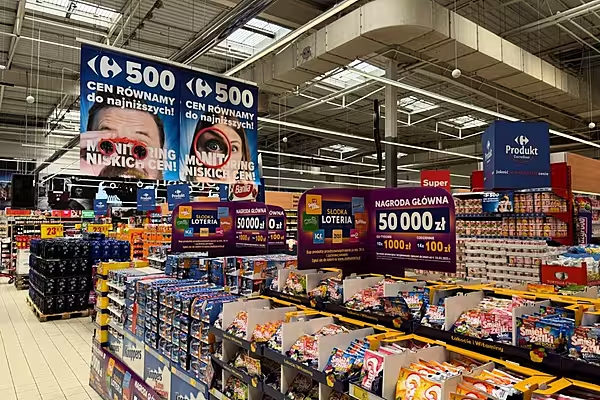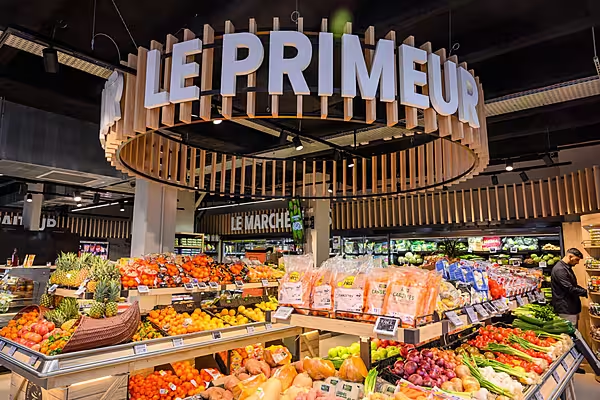In spite of a surge in sales for ready meals and 'meal kit' solutions in the past year, with sales across Europe up €8.3 billion in 2017, consumers are increasingly looking to 'eat out' during the day, according to a study by IRI GIRA Foodservice.
The study found that more flexible menus and an increase of out-of-home meal occasions has led to a €4.1bn increase in food service sales in 2017 to €335.9 billion.
IRI GIRA Foodservice said that one in five meals (18%) is now consumed outside the home, while an increase in more 'fluid' households - including fewer families with children and more single parent or single occupant homes - means that there is now greater demand for convenient meal solutions.
More Meal Occaasions
“Restaurants and other food service outlets have capitalised on these trends by providing options for more meal occasions including breakfast and brunch," said Virginie Pernin, chief analyst at IRI GIRA Foodservice.
"It is easier to eat out rather than buy food and cook at home. Food delivery services that provide easier ways to order, pay and deliver, are behind the boom in restaurant food at home."
IRI GIRA Foodservice believes that online foodservice operators such as Just Eat, UberEats, Amazon Restaurants and Deliveroo, which has just launched a global advertising campaign to showcase the breadth of food available on its service, will increase by the end of this decade, with particular focus on healthier and premium options.
“Digitalisation provides a huge opportunity for the food service sector as we have already seen with the success of disruptive new entrants like Just Eat and Deliveroo," said Pernin. "Understanding and targeting customers according to their needs and at different times of the day and for different eating occasions is critical in this new world.
"Food marketers are becoming more mindful to the need to appeal to human emotions in order to sell new concepts or provide a surprising or personal experience.”
Major Trends
Some of the trends that IRI GIRA Foodservice anticipates having an influence on foodservice sales in the coming years include an increase in the number of celebrity chefs driving an increase in premium eating occasions; more focus on healthy and sustainable forms of eating out (such as superfood and protein-enriched menu options); a blurring of the boundaries between table service, self-service and quick service restaurants; and increased demand for food-to-go in convenience stores and forecourt operations.
In addition, IRI GIRA Foodservice found that consumers tend to spend more on foodservice when they order online or through an app.
This should provide an opportunity for restaurants to capture new customers using technology and packaging without compromising on food quality, which is often the route to increased margins in food service, IRI says.
“The food service sector is facing a challenging paradoxical environment, but the pace of change will intensify in the framework of dynamic, emerging players and evolving consumer needs,” Pernin added.
The report reviewed more than 1.7 million food service outlets in 10 European countries – Austria, Belgium, France, Germany, Italy, Netherlands, Portugal, Spain, Switzerland and the UK – between 2015 and 2017.
© 2018 European Supermarket Magazine – your source for the latest retail news. Article by Stephen Wynne-Jones. Click subscribe to sign up to ESM: The European Supermarket Magazine.














